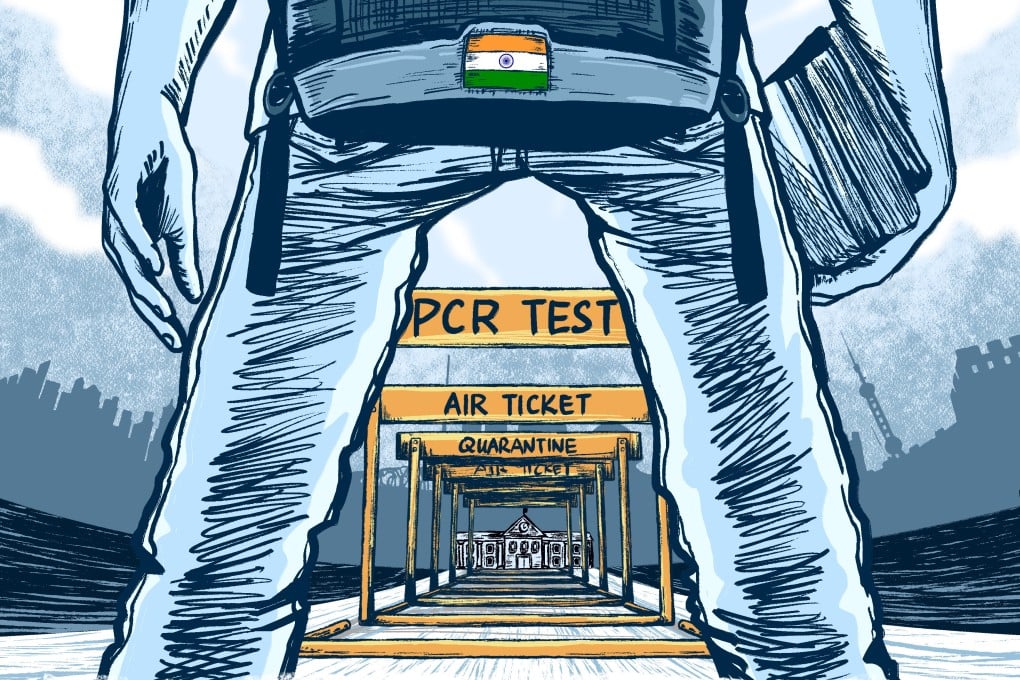China’s zero-Covid policy still creating headaches for overseas students, even as some near return after 3 years
- Overseas students enrolled at universities in China have been forced to study online for the best part of three years due to the coronavirus
- As China slowly eases some travels restrictions, students now face complicated and expensive journeys to resume their studies

Anayat Ali, a fourth-year PhD student at Tongji University in Shanghai, is finally set to return to China after being stranded in India for almost three years due to the strict coronavirus border controls. It is a long overdue journey that comes with the heaviest price tag he has ever paid for a flight.
Ali will transit to China via Hong Kong on October 7 as there are no direct flights from India. The journey, which includes a four-day stopover in Hong Kong to comply with quarantine and testing requirements and then a further seven days of quarantine in China, will set him back around 150,000 Indian rupees (US$1,880).
Ali’s father will cover the cost of the trip, which amounts to a little more than his entirely monthly income of US$1,500. When Ali first travelled to China in 2019, the trip cost him a mere 18,000 rupees (US$226).
To spend 200,000-300,000 rupees just to enter China, I had to think about it a million times
“It’s a very big expense for all students,” said the 29-year-old from Kashmir, adding that some of his fellow students have spent up to 300,000 rupees.
“To spend 200,000-300,000 rupees just to enter China, I had to think about it a million times.”
Despite reducing centralised quarantine to seven days and considerably easing its visa policies, China still has some of the toughest Covid-19 restrictions in the world. Travel remains difficult for foreigners, in part due to complex health regulations governing entry into the mainland and skyrocketing flight costs, as demand continues to far outstrip supply.
According to data by VariFlight, roughly 100 international flights operate daily to and from China, compared to 2,600 before the coronavirus pandemic. From June 2021 until June this year, the passenger volume was 583,000 on international routes in China, according to data from the Civil Aviation Administration (CAAC), representing a 23 per cent decline year on year.